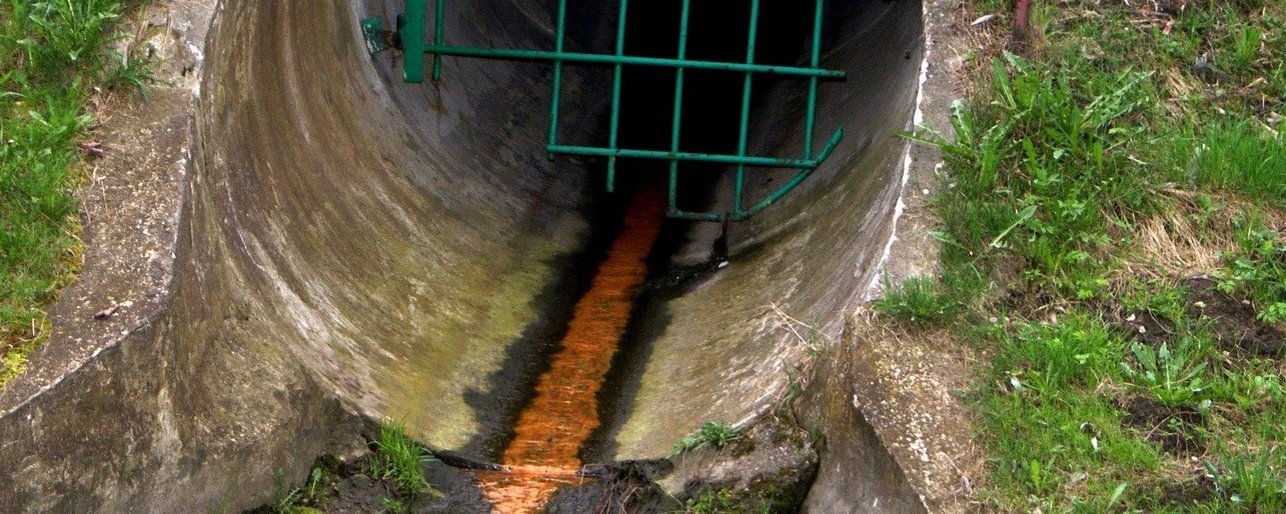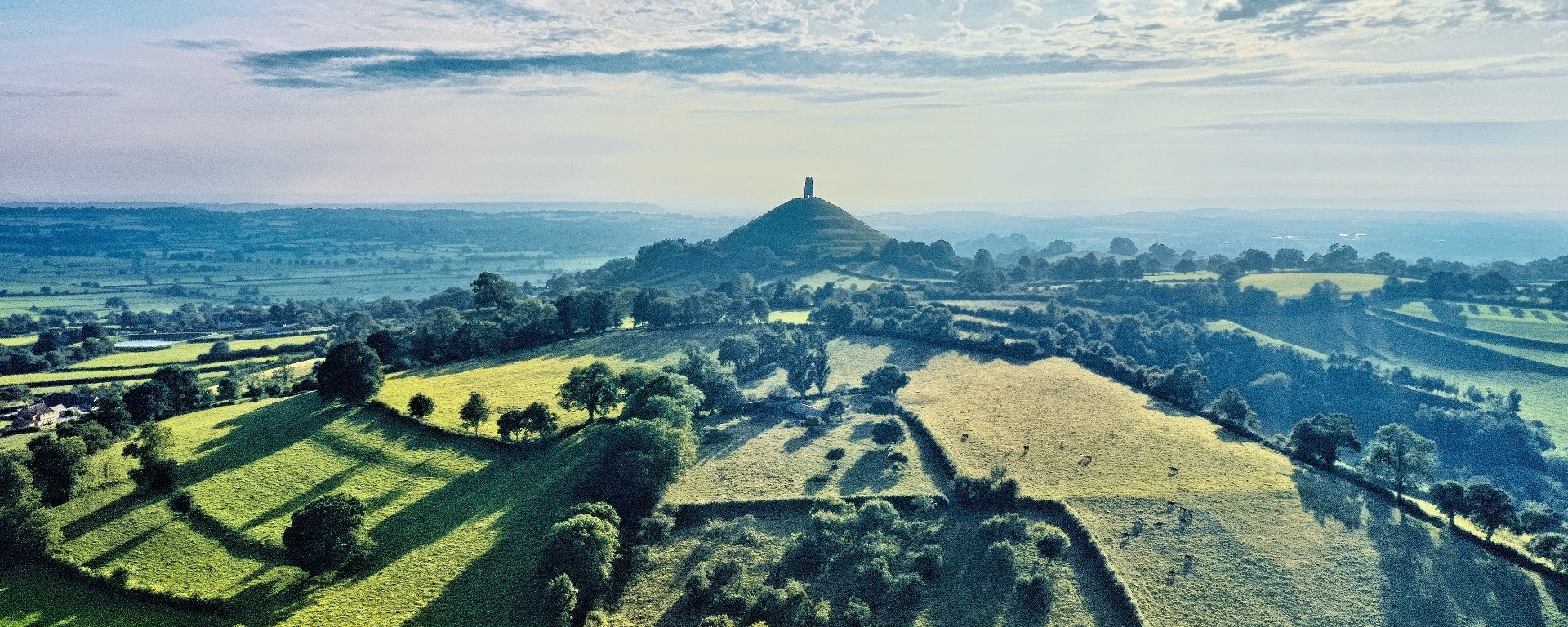Recent News in the World of Water
Posted on 28th October 2021 at 15:39
There’s always a good topic to blog about when it comes to water – The PWP Thought Catalogue is never going to run out of subjects to discuss, as the world of water is so dynamic and interwoven into so many various aspects of life
A lot has been going on, so we thought we’d give you a little October update on a few important things that have happened recently/are happening now and are important for the future.
Firstly...what was this about E. Coli in the water in Surrey!?!?!?!?!?
E. Coli
Residents in Surrey and Kent were recently instructed to boil their water due to the possibility of E. Coli finding its way into their tap water. This included 6,500 homes across 443 postcodes – the boil notice was a precautionary measure, to minimise the potential risk. This came about due to a sample of water in SES Water’s treatment facility (Westwood Water Treatment) testing positive for the bacteria (the notice has since been lifted, as there was no evidence of any contaminated water leaving the treatment works).
The bottom line in a situation like this, is that it’s better to be safe than sorry. Escherichia Coli (E. Coli) is a bacteria that lives in the lower intestines of both humans and animals. Most strains are actually harmless, but certain strains are potential very dangerous. For example, STEC, or Shiga toxin producing E. Coli. This strain is able to grow in a wide range of temperatures, varying from 7 to 50°C (37°C being ideal from the bacteria’s point of view...which is, conveniently enough, average body temperature).
This can cause severe food poisoning and potentially life-threatening illness in some cases (this mainly applying to young children and the elderly. So it’s always best to err on the side of caution.
It’s reasons like this that we don’t just stick to basic water softening, and we provide pure water – our customers are automatically protected from situations like this.
Naturally, we were really pleased to hear that the residents’ water supply wasn’t contaminated and that the potential threat was identified and investigated.
The Sewage Vote

There are situations in which water treatment companies are given permission to discharge sewage into rivers and streams. This is an ongoing issue, that many are understandably passionate about. A discharge permit would usually be given in in the event of extreme weather (as this can affect the capacity of sewage treatment works, which could cause people’s homes to flood) and is treated before being released.
It’s a tricky issue, in that it’s easy to understand both sides...there are times when it may well be necessary to release (treated) sewage into streams and rivers, but also it’s understandable that people would be (to put it mildly) less than happy about something like this being allowed to happen at all. Last year, for example, sewage was released into rivers over 400,000 times, equating to a staggering 3 million hours of discharge.
This year, however, there are even more factors in play. Due to the recent lack of availability of HGV drivers, there has been a shortage in chemicals used by water plants to treat sewage – this meant that the government had given such facilities permission to dispose of wastewater that hadn’t been fully treated. The fallout of this has caused a recent sewage vote which, if successful, would have meant that water companies would legally not have been allowed to continue pumping sewage into rivers. This would have been achieved through as amendment to the environment bill but was voted down. It comes back to there being two valid sides to the debate – while nobody in their right mind would want waste, especially that which hasn’t been adequately treated, to be released into rivers, ceasing this outright isn’t necessarily very feasible (at least not in the near future). The cost of making the necessary changes to the pre-existing Victorian sewage system would cost somewhere between 150 and 650 BILLION pounds. The low end of that is greater than that of the schools, policing and defence budget combined.
There has been a considerable backlash, which has prompted the government to make water companies reduce the amount of sewage that is being dumped – so it seems like some something of a compromise has been reached for the time being, but it will be interesting to see how this develops. Could this vote be a catalyst for real, long-term change?
This remains to be seen.
Sewage isn’t the only thing that can find its way into a river....
It’s no secret that the Glastonbury Festival isn’t just associated with music and the arts; suffice it to say, some festival attendees are often also drawn to other...extracurricular pursuits as they enjoy the various festivities on offer. To be less euphemistic, this of course refers to the recreational drugs that are taken during the event (which hasn’t been able to take place since 2019 due to the pandemic). This has been a recent news topic, which has brought to light a significant water related issue.

Glastonbury is quite close to the Whitelake River and this means that traces of these substances are able to find their way into the river. In fact, levels of illegal drugs were measured before, during and after the event; it was found that levels of MDMA were 104 times higher and levels of cocaine were 40 times higher downstream than they were upstream.
The reason for this comes down to public urination – proximity to the river is the main factor here, as due to this the substances don’t have adequate time to degrade in the soil before reaching the water.
This presents an especially significant problem for wildlife, as the levels of drugs observed are enough to be harmful to European Eels, a species which has already experienced an alarming decline in population. This even led to festival organisers to launch the “Don’t Pee On The Land” campaign.
Tagged as: cop26, drugs, e. coli, environment, european eels, glastonbury, rivers, sewage, sewage vote, uk water, water
Share this post:





